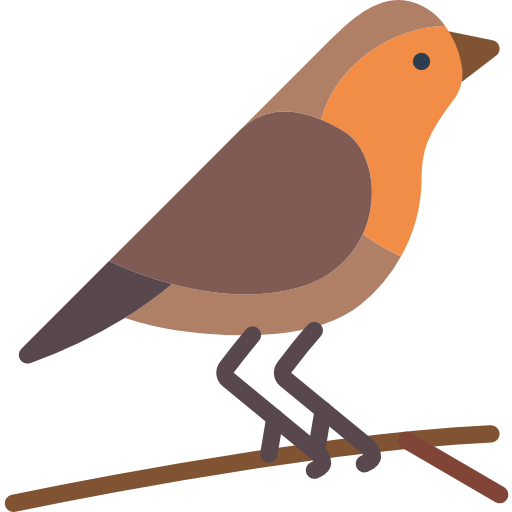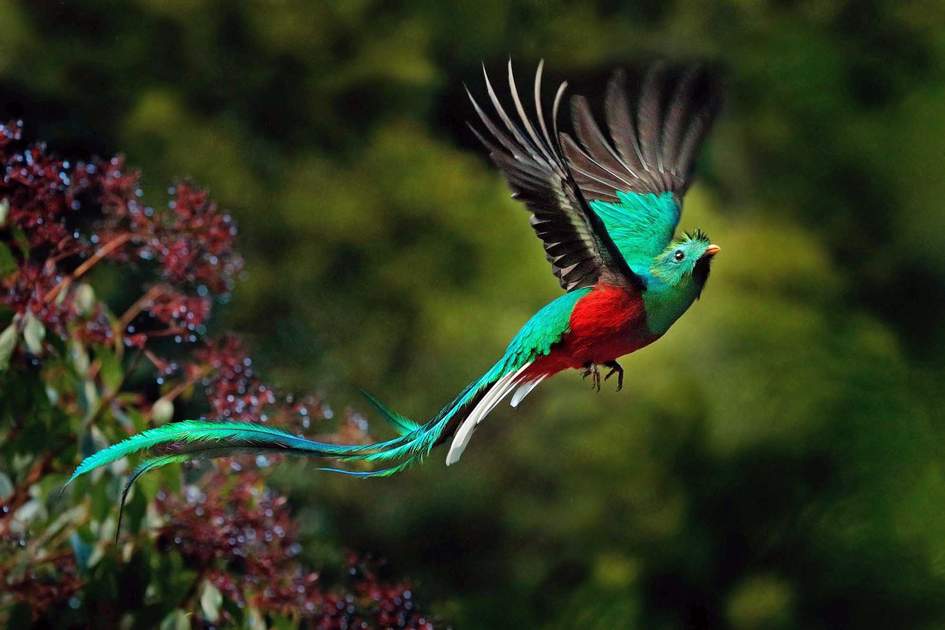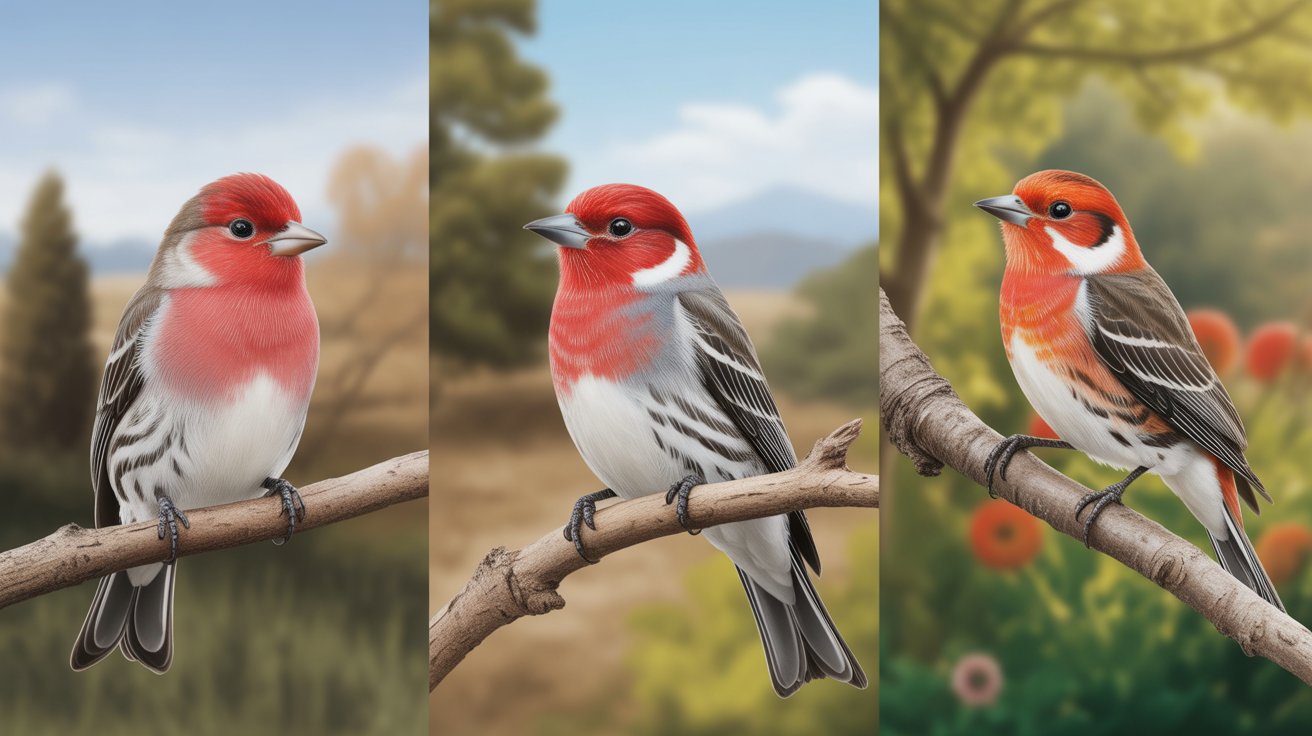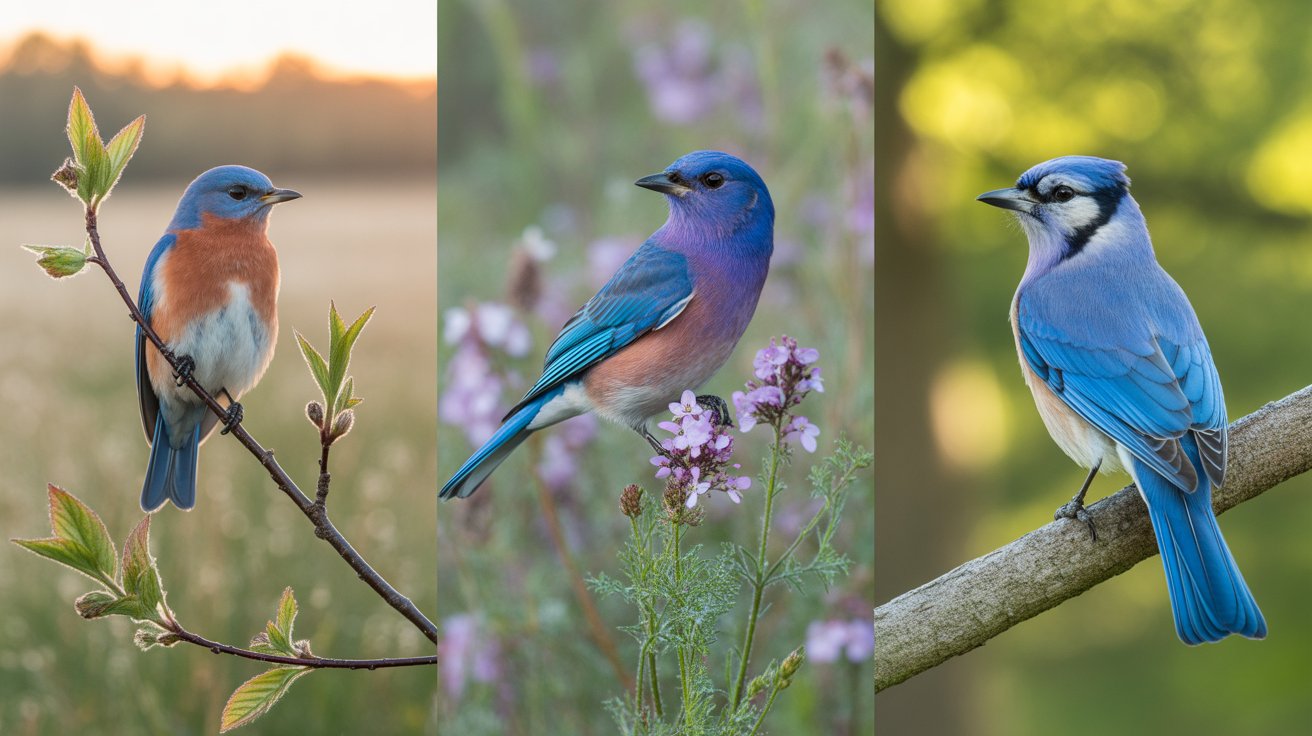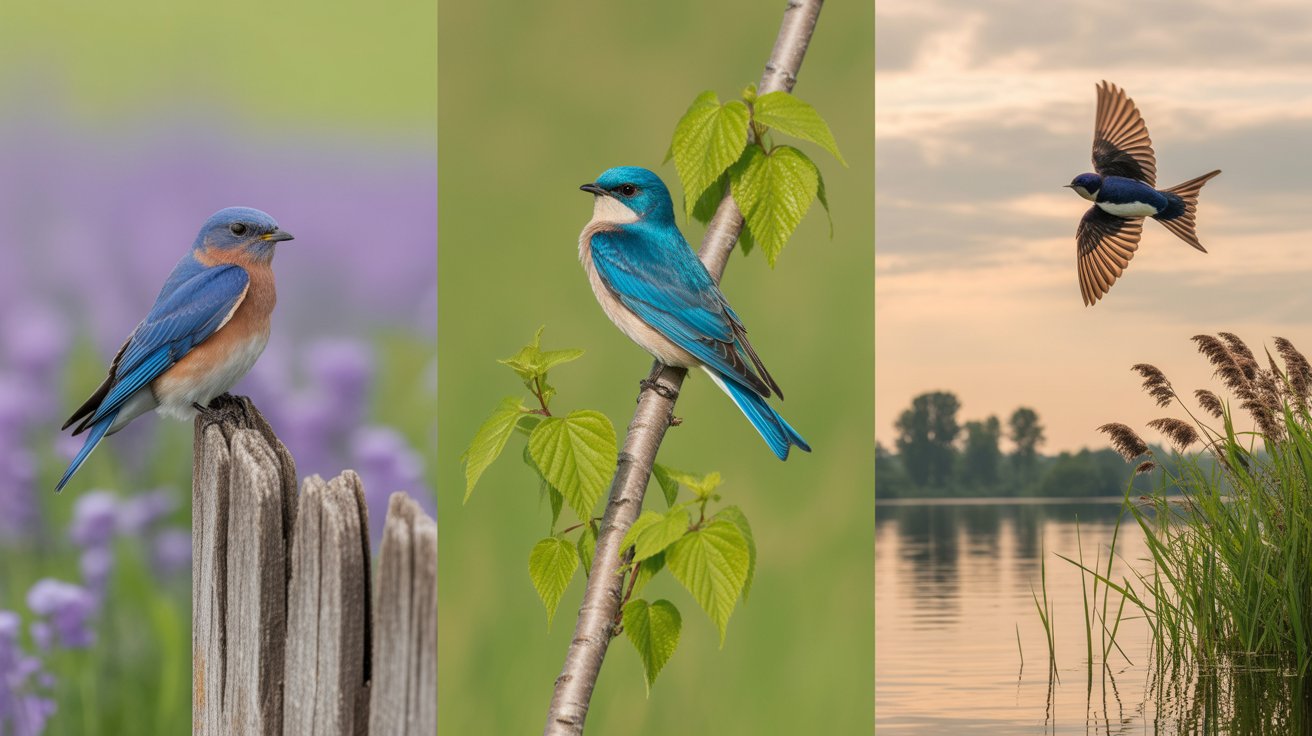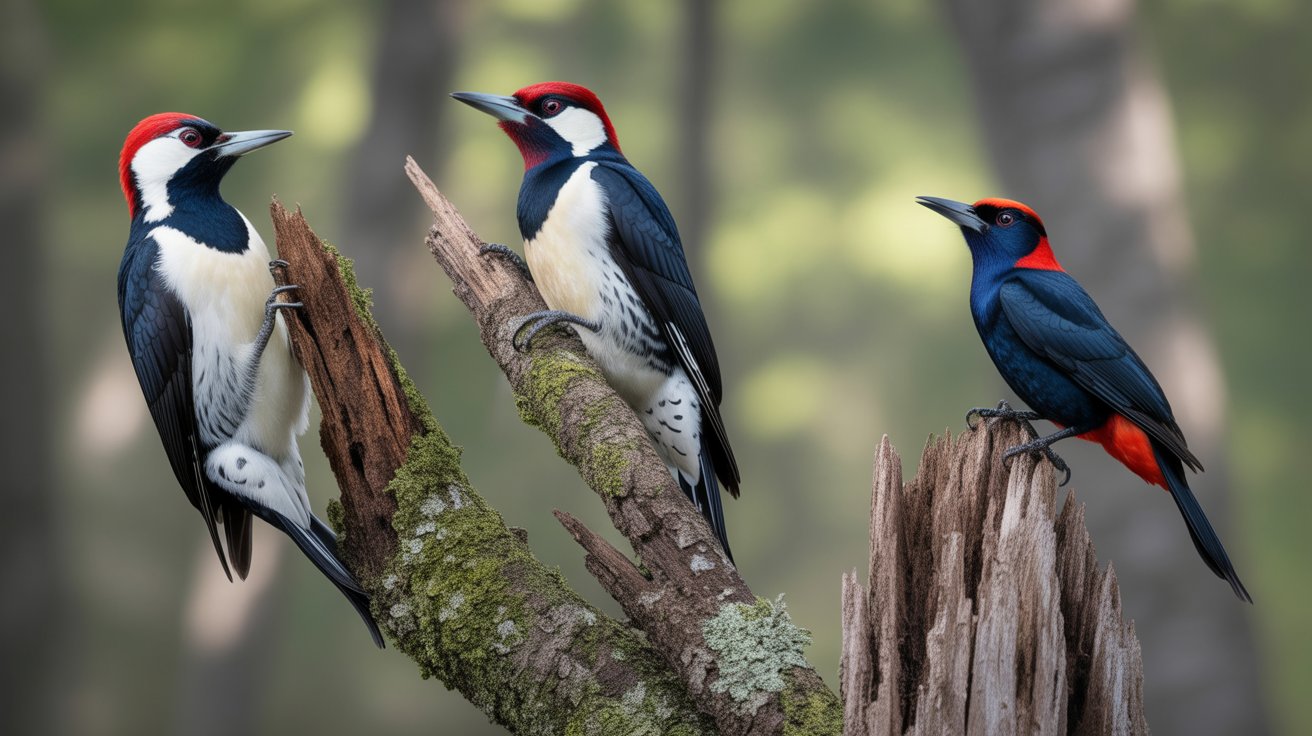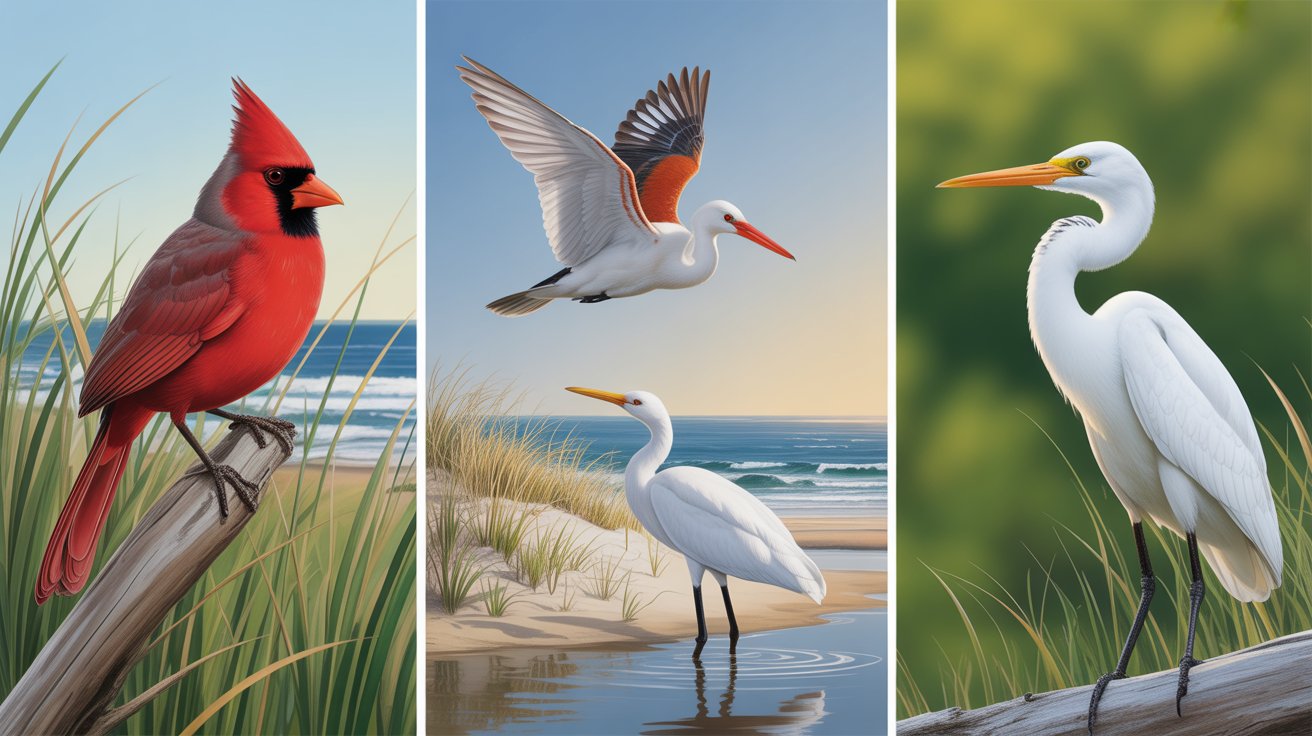Discover the Stunning Beauty of the Resplendent Quetzal
If you’re fascinated by exotic birds and their vibrant plumage, the Resplendent Quetzal is sure to steal your heart. Known for its dazzling green feathers, long tail streamers, and mystical presence in Central American rainforests, this bird is more than just a visual marvel — it’s also deeply rooted in ancient mythology and cultural symbolism.
You might be surprised to learn that despite its eye-catching appearance, the Resplendent Quetzal is quite elusive in the wild. Spotting one requires patience, a bit of luck, and sometimes a knowledgeable guide. But once you do, it’s truly unforgettable.
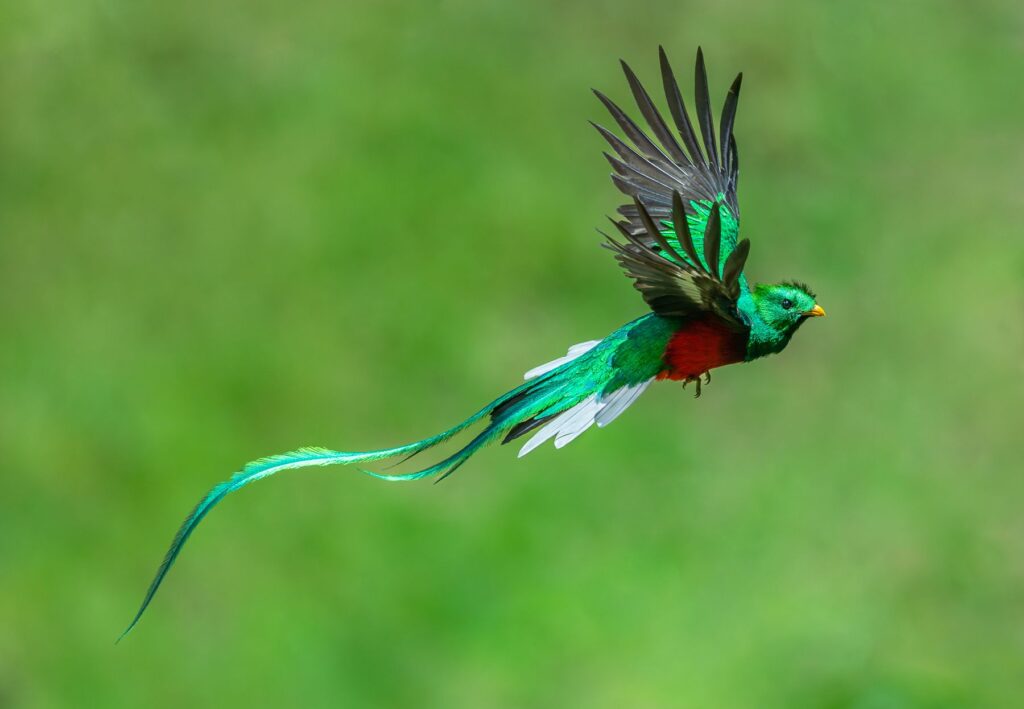
Whether you’re a birdwatching enthusiast or simply someone who loves learning about rare wildlife, the Resplendent Quetzal has a story worth knowing. From its vivid colors and crest to its unique nesting habits and dietary preferences, this bird represents the delicate beauty and biodiversity of tropical cloud forests.
In this article, you’ll dive deep into everything you need to know about the Resplendent Quetzal — from its classification and physical characteristics to its behavior, breeding, and some fascinating facts that make it a beloved icon in Mesoamerican folklore.
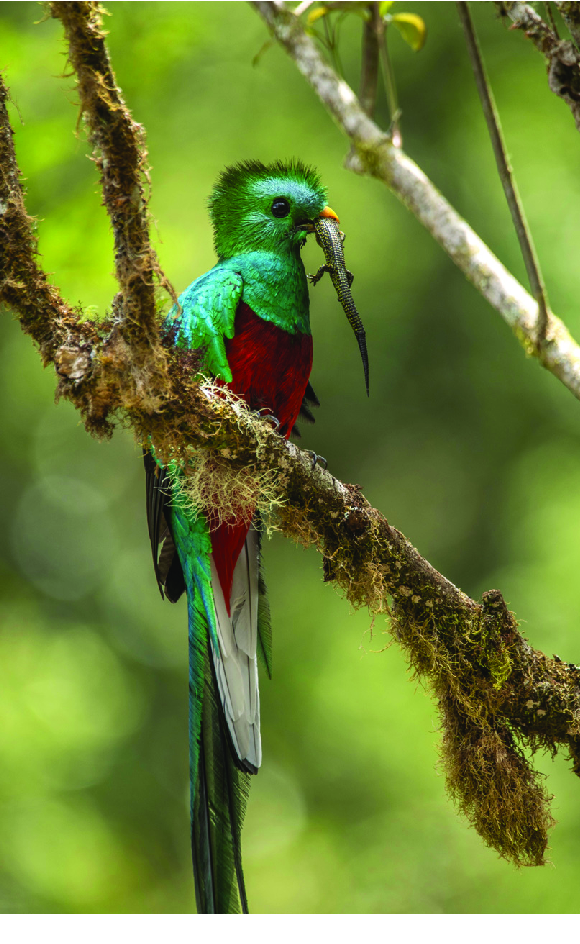
Resplendent Quetzal (Pharomachrus mocinno)
Scientific Classification
The Resplendent Quetzal belongs to the Trogonidae family, which includes other colorful forest birds known as trogons. Its scientific name is Pharomachrus mocinno, and it’s divided into two subspecies:
- Pharomachrus mocinno mocinno (found mainly in Mexico and Guatemala)
- Pharomachrus mocinno costaricensis (mainly in Costa Rica and Panama)
This species is the national bird of Guatemala and features prominently on the country’s flag and currency, symbolizing liberty and independence.
Physical Description
The Resplendent Quetzal is among the most spectacular birds in the world, especially the male, whose feathers shimmer in iridescent shades of green, blue, and gold.
- Wingspan: About 65 cm (25.5 inches)
- Length: Males up to 40 cm (16 inches), with tail streamers extending an additional 60 cm (24 inches)
- Weight: 200 to 225 grams (7–8 ounces)
Males have a vibrant emerald-green body, a bright red breast, and exceptionally long, flowing tail feathers that trail behind them in flight. They also have a small golden green crest atop their head and a yellow beak.
Females are less ornate, with shorter tails and more muted green and grayish tones. They still have the red belly but lack the long streamers and crest seen in males. Their beaks are darker and less prominent.
The bird’s feathers change hue depending on the light angle, thanks to structural coloration — a feature that adds to its mystical charm.
Habitat and Distribution
You’ll find the Resplendent Quetzal in cloud forests — moist, high-altitude tropical forests — in Central America. Its range stretches from southern Mexico through Guatemala, Honduras, El Salvador, Nicaragua, Costa Rica, and into western Panama.
These birds prefer elevations between 1,000 and 3,000 meters (3,300–9,800 feet) where the air is cool and moist. Dense canopies, moss-covered trees, and abundant fruiting plants define their ideal habitat.
Unfortunately, due to deforestation and habitat fragmentation, their distribution is becoming increasingly restricted. However, they can still be seen in protected areas such as Monteverde Cloud Forest Reserve in Costa Rica and Biotopo del Quetzal in Guatemala.
Behavior
Despite their striking appearance, Resplendent Quetzals are rather shy and secretive. They tend to stay high in the canopy and are often difficult to spot unless you’re quiet and observant.
They are non-migratory, but some local movements occur depending on food availability. Males are territorial during the breeding season and will sing a melodic, whistling call — often described as “wac-wac” or “kowee” — to mark their presence.
Quetzals are known for their slow, graceful flight and tend to perch motionless for long periods, scanning for fruit or insects. You may hear them before you see them, especially early in the morning when they are most active.
Diet
The Resplendent Quetzal primarily eats fruit, especially wild avocados and other laurel family members, making it an essential seed disperser in its ecosystem.
Its diet also includes:
- Small insects
- Snails
- Frogs
- Lizards (occasionally)
They swallow small fruits whole and later regurgitate the seeds, aiding forest regeneration. This frugivorous habit has made them crucial to the health and growth of cloud forests.
They usually forage alone or in pairs, hopping between branches or hovering briefly while plucking fruit mid-air.
Breeding and Nesting
Breeding season typically runs from March to June, aligning with the rainy season in much of their range. During this time, males grow their extravagant tail streamers to impress potential mates.
Courtship rituals include fluttering displays, singing, and dancing. Once paired, the couple selects a nesting cavity — usually in a rotting tree trunk or old woodpecker hole. Both sexes take turns excavating the nest, often with their beaks.
Key nesting facts:
- Clutch size: 1–2 pale blue eggs
- Incubation period: 17–19 days
- Fledging time: Around 3 weeks after hatching
Both parents share responsibilities, taking turns incubating and feeding the chicks. After fledging, the young remain dependent for a short period before becoming independent.
Interesting Facts
- Mythology: Ancient Maya and Aztec civilizations revered the Quetzal as a symbol of freedom and divinity. Killing one was considered a serious crime.
- Name Origin: “Quetzal” comes from the Nahuatl word quetzalli, meaning “precious” or “beautiful feather.”
- Tail streamers: Only males grow the iconic long tail feathers, which they lose after the breeding season.
- Cultural Symbol: Guatemala’s currency is named the “Quetzal,” and the bird is featured on the national emblem.
- Color illusion: The shimmering green you see isn’t from pigments but microscopic feather structures that refract light — a phenomenon known as structural coloration.
FAQs
1. Where can I see the Resplendent Quetzal in the wild?
You’re most likely to spot one in cloud forests of Costa Rica and Guatemala, especially in protected areas like Monteverde and Biotopo del Quetzal. Visiting during the breeding season increases your chances.
2. What makes the Resplendent Quetzal’s feathers shimmer?
Its feathers have structural coloration, meaning they refract light instead of containing pigment. This makes the green look iridescent and can even change colors depending on the angle.
3. Why is the Resplendent Quetzal endangered?
While not currently critically endangered, the bird is considered Near Threatened due to habitat loss, deforestation, and climate change. Conservation efforts are vital for its long-term survival.
4. Are Quetzals kept as pets?
No, Resplendent Quetzals are protected by law and are not suited for captivity. They are highly sensitive to stress and dietary changes and rarely survive in enclosed environments.
5. How do Resplendent Quetzals help the ecosystem?
By eating fruit and dispersing seeds, they play a crucial role in forest regeneration. Their preference for laurel fruits helps propagate essential tree species in their habitat.
Conclusion
The Resplendent Quetzal is more than just a beautiful bird — it’s a living symbol of freedom, mystery, and ecological harmony. Its shimmering feathers, elusive nature, and historical significance make it one of the most iconic birds in the world.
If you ever get a chance to witness one in the wild, consider yourself lucky. These birds are a rare reminder of nature’s delicate wonders, tucked away in the misty heights of Central America’s cloud forests.
As you’ve seen, everything about the Quetzal — from its diet to its nesting habits — is finely tuned to the environment it inhabits. And while it faces threats from habitat destruction, dedicated conservation areas are helping keep its population stable.
Whether you’re planning a birding trip or simply deepening your understanding of wildlife, the Resplendent Quetzal is a creature you’ll never forget.
